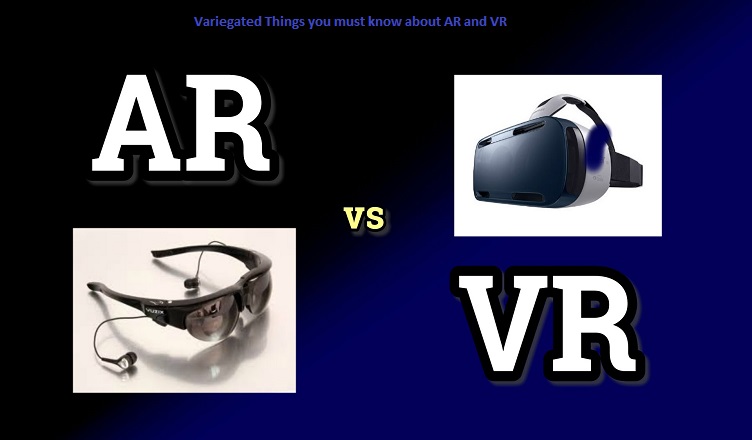Techssocial | When people in the 21st century imagine the future, they often imagine flying cars and holograms. However, when you think about it Augmented Reality and Virtual Reality is not that far away from the feasibility of holograms. In fact, AR is the closest thing to holograms that the world has been acquainted with yet. There is absolutely no doubt that these concepts have and are going to make it big in the technological realm. Almost all companies are focusing their efforts on integrating these technologies to their existing products and trying to be that futuristic company to keep up with trends. Some apps are already thriving with the use of these concepts, few people know what they hold for the future.
Since these concepts are still pretty new, the internet has been exploding with AR and VR articles that are trying to explain to consumers what all the fuss is about and how everything works. Here is a quick guide that will tell you the things you need to know about AR and VR.
Table of Contents
Dissimilarity between AR and VR
Most people get confused between the two types and think that they are pretty much the same thing, but there is one very significant difference between the two.
- AR- Augmented Reality or AR consists of overlaying a digital screen on an already existing surface or reality. Therefore, Augmented Reality is called so because it augments or adds to an existing reality.
- VR- Virtual Reality or VR is actually being transferred from a place to another without leaving your house. This basically means that you are getting the experience that you would get if you were there in person, but without actually having to go anywhere.
Unparalleled Uses in different fields
While these technologies may not seem that useful at first glance, companies have exploited them in ways that escape the human eye. Whether it is a government organization or a small school, AR and VR concepts are being used worldwide. Some of the most common uses are:
- Shopping- Furniture stores were very excited for a possibility of the use of AR because this meant that customers could download their app and then actually place the furniture in their house to see what it looks like. This visualization technique is not only exciting for companies but it also really makes it easy for consumers to buy furniture.
- Gaming- The gaming industry was probably the pioneer in bringing AR and VR to the real world. Countless gaming companies are using consoles that have an entire experience devoted to VR.
- Learning and Training- Schools are using these technologies to look at real-life models of things that would otherwise be inaccessible. Governments are training their soldiers through simulation that VR can provide very easily.
- Health- These concepts are also being used to help people face their biggest fears. Whether it is heights or spiders, anything can be simulated to look like reality thus, helping people to realize that they are stronger than their fears.
Pitfalls
Every advancement brings with it an opinion that says that it is not actually an advancement. While not many problems or disadvantages have been linked to AR and VR, there are a few.
- Motion Sickness- This is one of the more significant disadvantages of a VR. Spending too much on a VR can lead to motion sickness. It is recommended to take breaks between VR sessions.
- Screen Time- Every time there is an innovation in the technological realm, you will see people raising voices against it saying that these things are leading people to stare at a screen too long.
Sagar is HR at techssocial.net. He has been writing last 3 years on different blogging sites. He has also helped small businesses to gain their ranking.
